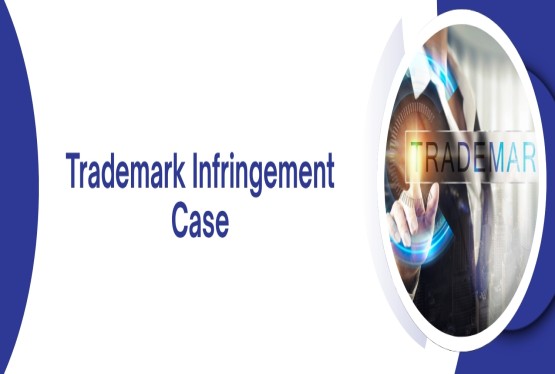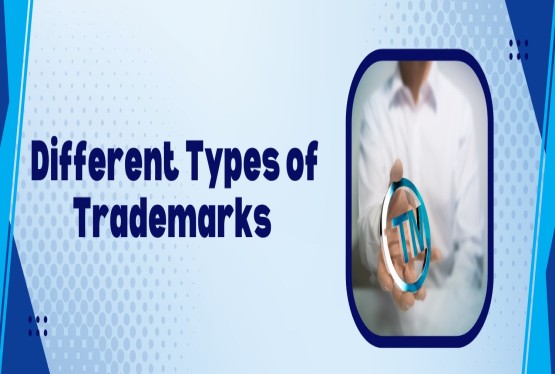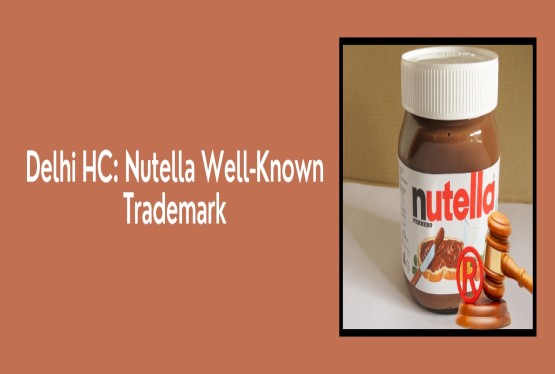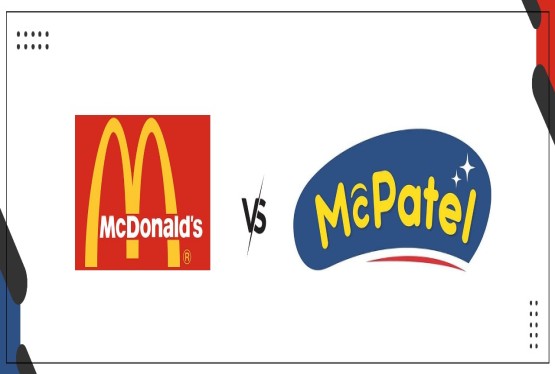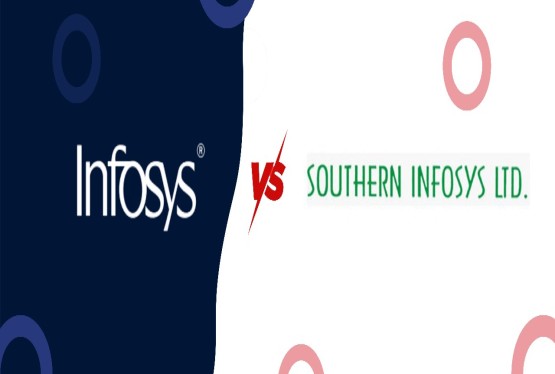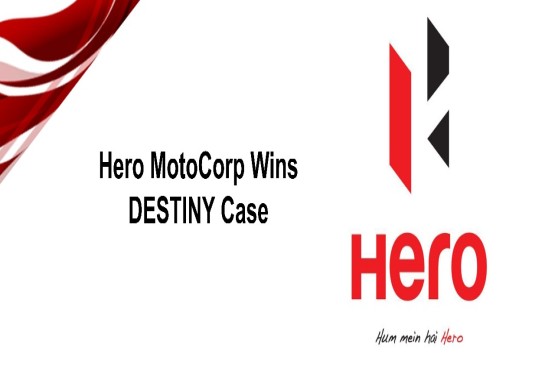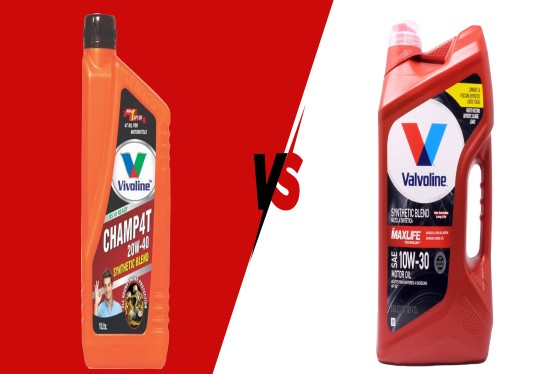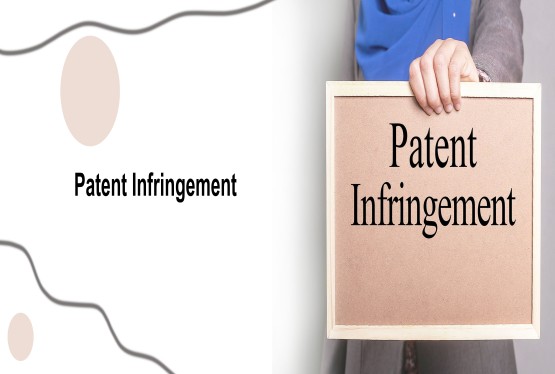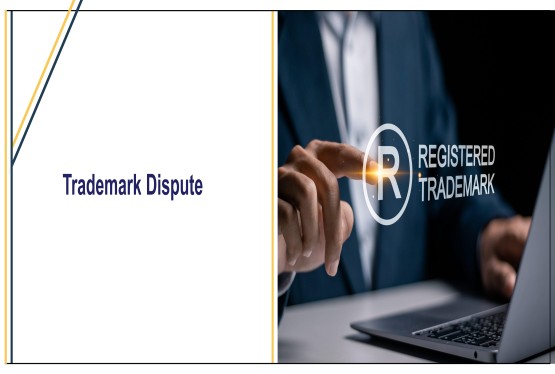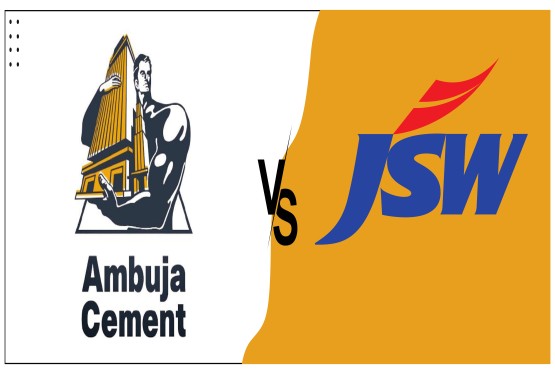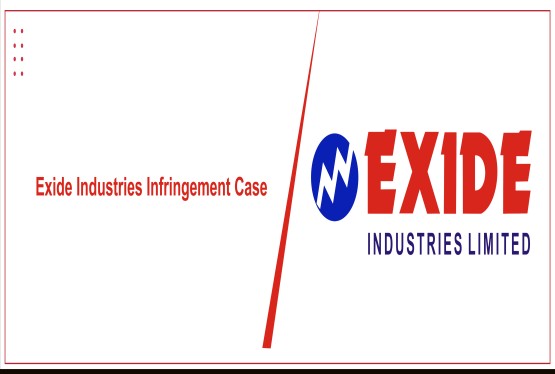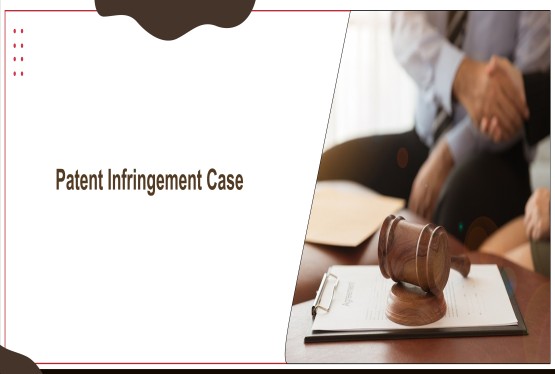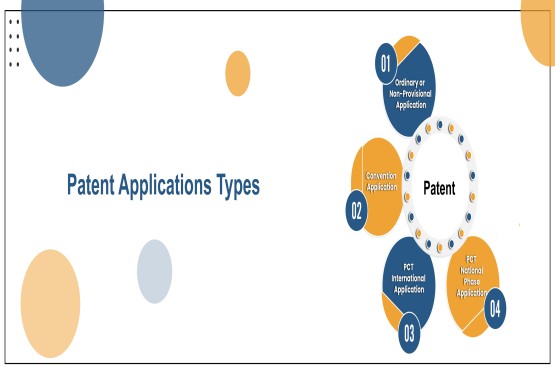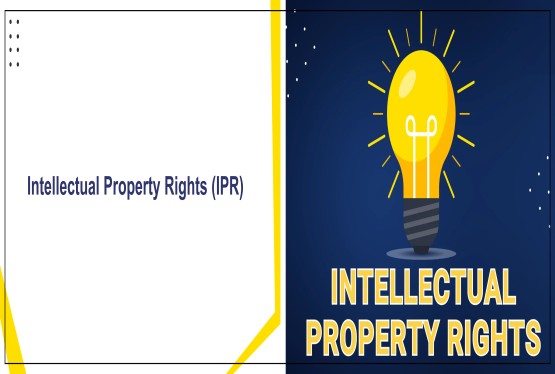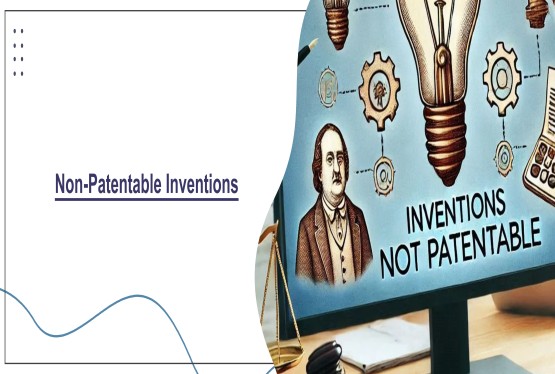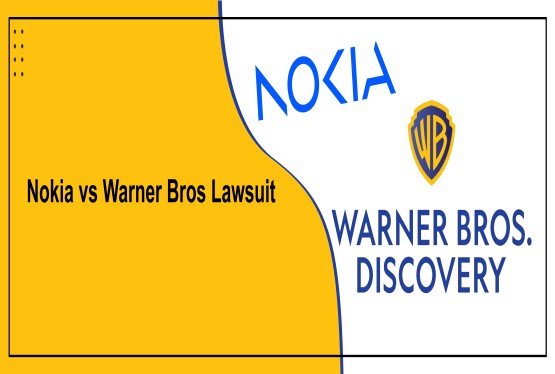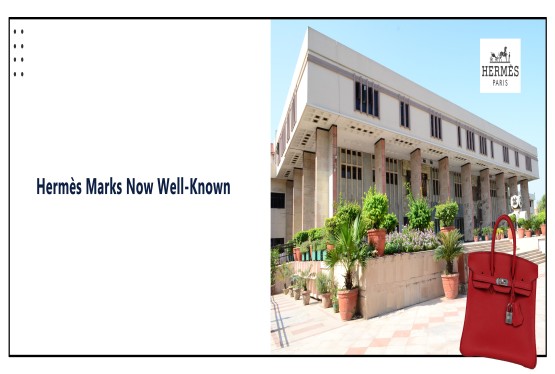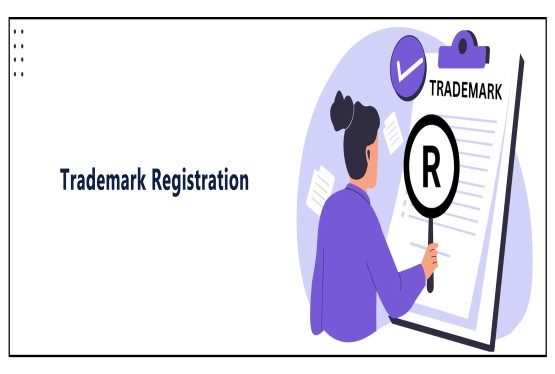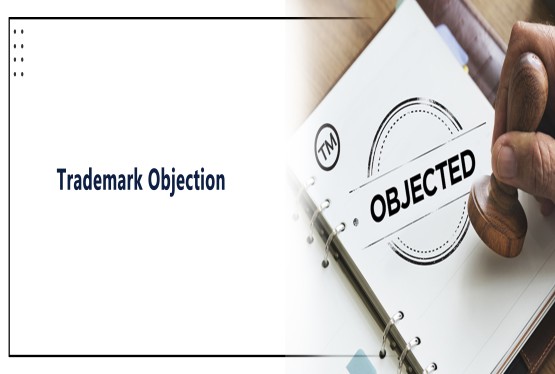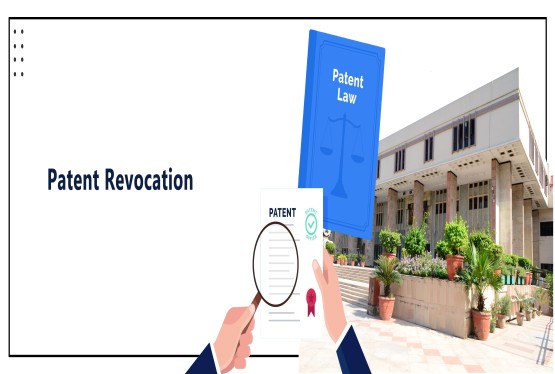Trademark law plays a pivotal role in ensuring the protection of intellectual property, safeguarding brands, and ensuring fair competition in the market. One of the crucial components of trademark classification is the categorization of goods and services into specific classes, which helps streamline the Trademark registration process and determine the scope of trademark protection. In this article, we will delve into Trademark Class 19, examining its scope, applicable statutes, and relevant precedents.
What is Trademark Class 19?
Trademark Class 19 is one of the 45 international classes under the Nice Classification (NCL), a system established by the Nice Agreement (1957), which organizes goods and services into distinct classes for the purposes of trademark registration. Specifically, Class 19 covers non-metallic building materials. These goods generally relate to construction materials, often used in the building and structural industry, and can include various products such as tiles, glass, plaster, and non-metallic pipes. The definition of the goods within this class is quite specific, and only materials that are used in construction or for building purposes will fall under this category. Trademark infringement and trademark withdrawal are important concepts related to trademark protection within Class 19, ensuring the integrity and proper use of trademarks associated with these building materials.
In practical terms, Class 19 includes products that are typically used in the construction, renovation, and maintenance of buildings, as well as civil engineering works. Notably, the products in this class are non-metallic, meaning they exclude materials such as metal pipes, metal doors, or metallic fixtures, which are classified under different trademark categories (e.g., Class 6).
Statutory Framework
The core statutory framework governing the Nice Classification is rooted in international law, with the Nice Agreement being the fundamental treaty. The treaty, established by the World Intellectual Property Organization (WIPO), facilitates the international classification system that helps harmonize trademark laws across jurisdictions. This is vital because the classification system aids trademark authorities around the world in organizing and assessing applications for trademark registration.
In addition to the Nice Agreement, trademark law is also influenced by national laws and treaties that regulate the protection of intellectual property in each jurisdiction. For example, in the United States, the Lanham Act (1946) governs federal trademark law, which includes provisions for the classification and registration of trademarks. Under this Act, the U.S. Patent and Trademark Office (USPTO) adheres to the Nice Classification system in determining the appropriate class for a given trademark application.
The European Union Intellectual Property Office (EUIPO) also uses the Nice Classification in the registration of European Union trademarks (EUTMs). The EU’s implementation of the system is governed by the European Union Trade Mark Regulation (EUTMR), which ensures that applicants follow the same classification standards across EU member states.
Thus, trademarks in Class 19 are registered based on these statutes and the precise list of goods defined under the class, which includes:
-
Non-metallic building materials
-
Tiles, not of metal
-
Window glass, not of metal
-
Non-metallic pipes
-
Cement and lime
-
Insulating materials
Legal Precedents in Trademark Class 19
The protection of goods falling under Trademark Class 19 is often subject to judicial interpretation, which evolves with the changing landscape of intellectual property law. Several precedents have shaped the application of Class 19 goods in various jurisdictions.
Case Example: Parker v. Azurix Corp.
In the United States, the courts have handled trademark disputes related to construction materials and Class 19 goods in a number of decisions. One relevant example is the case of Parker v. Azurix Corp., where the U.S. Court of Appeals considered whether the trademark for "Azurix" (a brand name) could be used in the context of materials that fall within Class 19. In this case, the court ruled that the trademark in question could not be extended to non-building materials, as it did not align with the definitions outlined under the Nice Classification system. This ruling reinforced the principle that trademark applicants must carefully align their product descriptions with the precise scope of the respective trademark class.
Case Example: Kitchin Ltd. v. HCI Inc.
Another important case is Kitchin Ltd. v. HCI Inc., which clarified the protection of non-metallic construction materials in the context of trademark law. The court examined whether certain products falling under Class 19, such as plastic and composite building materials, could be registered under the same trademark as non-building materials. The court concluded that a clear distinction must be made between building materials used for construction and other products that might be misrepresented as building materials. This ruling emphasized the importance of ensuring that trademark applications under Class 19 are specifically tied to non-metallic building materials, as outlined in the statute, to avoid misleading the public or infringing upon the rights of other trademark holders.
EU Case Law: Cementos Portland Valderrivas SA v. Holcim (España) SA
In the European Union, the case of Cementos Portland Valderrivas SA v. Holcim (España) SA involved a dispute over the use of a trademark related to cement products. The European Union Intellectual Property Office (EUIPO) and the Court of Justice of the European Union (CJEU) deliberated on whether the trademark registration for cement could be classified correctly within Class 19. The decision highlighted the significance of maintaining a strict adherence to the definitions under the Nice Classification and ensuring that goods falling within Class 19 are not inaccurately represented or extended to materials outside its scope, such as metal-based cement products, which fall under different trademark classifications.
The Importance of Trademark Class 19 for Businesses
For businesses involved in the construction, building, and renovation industries, understanding the significance of Class 19 is crucial. Trademark protection for non-metallic building materials allows businesses to safeguard their brand identity and ensure that their products are not easily replicated by competitors. By securing a trademark under Class 19, companies can prevent confusion in the market and maintain consumer trust in their goods.
Furthermore, in an increasingly globalized market, businesses must consider international trademark registration in multiple jurisdictions. Adhering to the Nice Classification system is essential for ensuring that their trademarks are recognized and protected across borders. This is particularly important for construction businesses that operate internationally and wish to protect their intellectual property rights in diverse markets.
Conclusion
Trademark Class 19 plays an essential role in the protection of non-metallic building materials within trademark law. The Nice Classification, supported by statutes such as the Lanham Act in the U.S. and the European Union Trade Mark Regulation, offers a coherent framework for categorizing goods related to construction and building materials. Legal precedents have reinforced the importance of adhering to the exact definitions of goods under this class, ensuring that businesses protect their intellectual property rights without overstepping the boundaries of trademark classifications. For businesses operating in the construction sector, understanding the intricacies of Class 19 and its statutory framework is vital for effectively navigating trademark registration and protection.
Frequently Asked Questions
Q1. What is Trademark Class 19 and what types of goods does it cover?
Ans. Trademark Class 19, under the Nice Classification, encompasses non-metallic building materials. This includes products like tiles, glass, plaster, non-metallic pipes, and other materials used in construction and building activities.
Q2. What are the key statutory frameworks governing Trademark Class 19?
Ans. The Nice Agreement provides the international framework, while national laws like the Lanham Act in the US and the EUTMR in the EU govern trademark registration within their respective jurisdictions.
Q3. How do legal precedents like Parker v. Azurix Corp. and Cementos Portland Valderrivas SA v. Holcim (España) SA impact Class 19?
Ans. These cases emphasize the importance of adhering to the specific definitions of goods within Class 19, ensuring accurate classification and preventing trademark misuse.
Q4. Why is Trademark Class 19 important for businesses in the construction industry?
Ans. Trademark protection under Class 19 allows businesses to safeguard their brand identity, prevent confusion in the market, and maintain consumer trust. It is particularly crucial for businesses operating internationally.
Q5. What are the potential consequences of misclassifying goods within Trademark Class 19?
Ans. Misclassification can lead to rejection of trademark applications, limitations on the scope of protection, and potential disputes with other trademark holders.






























_(b)_of_the_Trademark_Act,_1999_(1)_crop10_thumb.jpg)



_crop10_thumb.jpg)




























_crop10_thumb.jpg)
_crop10_thumb.jpg)






_crop10_thumb.jpg)








_crop10_thumb.jpg)



_crop10_thumb.jpg)





























_crop10_thumb.jpg)

















_crop10_thumb.jpg)






_crop10_thumb.jpg)











































































































































_crop10_thumb.jpg)




































_crop10_thumb.jpg)












_crop10_thumb.jpg)













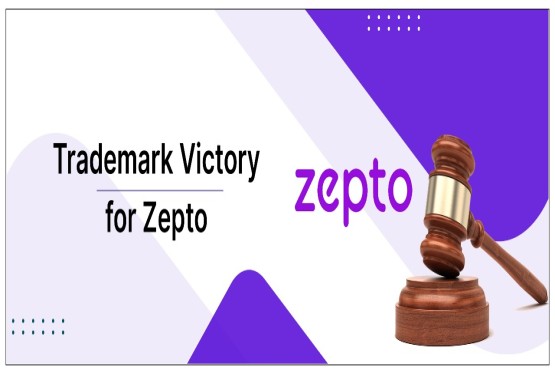

































_crop10_thumb.jpg)






